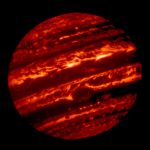
Earth-based observations prepare Juno for the Great Red Spot Encounter
In just a few days time, on July 11th 2017, NASA’s Juno spacecraft will perform the closest-ever views of the swirling maelstrom known as Jupiter’s Great Red Spot. It was always hoped that the pre-planned polar orbit and close perijove passes would take the spacecraft over the storm, but the slow and somewhat unpredictable westward […]
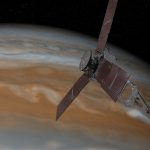
A change of plan for Juno’s orbit
When Juno successfully entered orbit around Jupiter on 4th July 2016, it was placed an orbit that took 53.5 Earth days to complete. During the 3rd orbit, which was scheduled to begin on 19th October 2016, a burn of the main engine was intended to move Juno into a 14 day science orbit. This new orbit […]
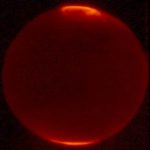
What’s happening in Jupiter’s upper atmosphere down at the equator?
The northern and southern lights of Jupiter are a vibrant and dynamic phenomena, generated by a complex array of mechanisms that create the most powerful aurora in the solar system. There are many aspects of the Jovian aurora which remain to be discovered – something Juno will reveal during it’s time at Jupiter – but […]
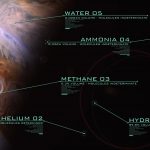
The Jupiter Time Capsule
Given that we don’t yet know whether a planetary core exists within Jupiter, much of our understanding of giant planet formation comes from a different line of investigation: the bulk composition of the planet. The composition of the atmosphere that we observe today results from a combination of many processes – chemistry initiated […]
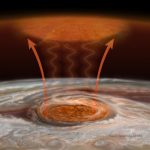
Hot hot hot, above the Great Red Spot
One of the largest remaining questions in understanding the upper atmosphere of Jupiter, the outmost layer of the atmosphere, is: ‘Why is this region so very hot?’. Out where Jupiter orbits the Sun, the sunlight is very faint, and cannot provide enough energy to produce the temperatures that we measure.We call this the ‘energy crisis’. […]
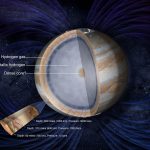
The Birth of Giants
Dr. Leigh Fletcher discusses how Juno could revolutionise our understanding of the origins of Jupiter via gravitational mapping of its internal structure. The presence of Jupiter has had a profound influence on the architecture of our solar system, shaping the conditions that have led to the stable, habitable environment that exist here on Earth. […]
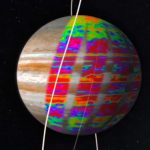
When it Rains…
Water, water, everywhere. Dr. Leigh Fletcher appeared on this month’s episode of BBC Sky at Night to discuss Juno’s goals at Jupiter, and describes the importance of Jupiter’s water in this new post. If our ideas about the formation of giant planets stand up to the observational tests of the Juno […]

Leicester Atmospheric Science and Juno
In addition to the suite of remote sensing instruments carried aboard the Junospacecraft, the mission coincides with an unprecedented international campaign to scrutinise Jupiter’s dynamic, evolving atmosphere from Earth-based facilities. Juno carries a microwave radiometer capable of sounding below Jupiter’s top-most cloud decks to hundreds of bars of pressure to understand the deep processes underpinning […]
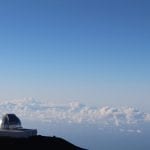
Observing Jupiter’s aurora from the top of a Volcano
As part of the ground based support for the Juno mission, I visited the Mauna Kea Observatories, Hawaii, in February through to the beginning of March this year. I was observing Jupiter’s Northern lights while Juno was speeding its way towards Jupiter. During this time, Juno’s instruments had been switch on and it was busy […]
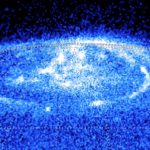
Observing Jupiter’s auroras with Hubble
Unfortunately, they don’t let you take observing trips to the Hubble Space Telescope; perhaps the only downside to using the veteran observatory. It is a strange feeling, knowing that this world-renowned and famously oversubscribed facility, perhaps best known for its remarkable images of nebulae and galaxies, is, for a fleeting moment in history, doing […]

Recent Comments